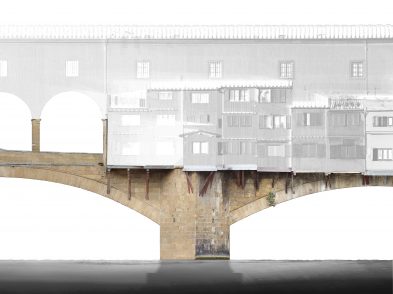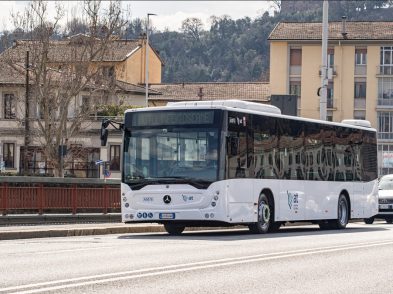Relations between the City of Milan and the director of the Uffizi Gallery, Antonio Natali, went sour in February following an unsuccessful request to borrow an early work by Leonardo da Vinci, the Annunciation (circa 1472), for what is expected to be the largest exhibition to date focused on the Tuscan-born Renaissance master, entitled ‘Leonardo 1452–1519,’ at Milan’s Palazzo Reale, near piazza Duomo, from April 15 to July 19, 2015.
‘It’s the missing piece to complete the puzzle,’ said Milan’s superintendent of culture, Filippo Del Corno, of Leonardo’s Annunciation, as officials there awaited a response from Florence’s Uffizi Gallery on their formal loan request. Their hopes were soon quashed, however, when, days later, their request was denied. A diplomatic tug-of-war ensued, with Milan’s mayor calling, albeit unsuccessfully, on Italy’s culture minister, Dario Franceschini, to help the exhibition organizers in their request. Organizers argued that the painting would have completed the roster of Leonardo’s most significant works to be showcased. Franceschini, however, said that Natali’s decision was binding and based on the fact that the Annunciation is one of the 23 ‘unmovable artworks’ belonging to the Uffizi—a list that was compiled by the Italian culture ministry after a controversial decision to loan the Annunciation to Tokyo in 2007.

This incident was the latest in a long series of art-related controversies in the lead-up to the Milan Expo 2015, and the situation has many questioning Italy’s loan policy for artworks as well as the lengthy bureaucratic procedures that further complicate the process of borrowing major artworks from Italy, much more so than the process of borrowing art from other countries.
Milan mayor Giuliano Pisapia noted the difficulty of obtaining art from other Italian institutions for the Leonardo exhibit: ‘We have requested and received valuable paintings from every corner of the globe. While, from Italian museums, there has been quite a bit of resistance.’
The Leonardo exhibition in Milan will exhibit hundreds of his artworks, both from Italy and abroad, including paintings, drawings and manuscripts as well as works by other painters, sculptors and scientists to contextualize the multifaceted artist’s contributions in the fields of art, science and technology.
Among the works on loan are Saint Jerome in the Wilderness, from the Vatican Museums; the Dreyfus Madonna from the National Gallery of Art in Washington DC; Head of a Woman (also known as La Scapigliata) from the National Gallery of Parma; the Vitruvian Man sketch from Venice’s Gabinetto dei Disegni e Stampe of the Accademia Gallery; Portrait of a Musician from Milan’s Pinacoteca Ambrosiana; and three significant works from the Louvre: La Belle Ferronière, the Annunciation and John the Baptist.
An additional 13 works from the museums of the Polo Museale Fiorentino include four from the Uffizi collection; six from the Gabinetto Disegni e Stampe degli Uffizi; the Fall of Phaeton from the Silver Museum; Verrocchio’s Busto di gentildonna from the Bargello; and Fernando Yanez o Fernando de Llanos’s La Vergine in adorazione del Bambino from the Palatine Gallery.
Following the decision on the Annunciation, the Polo Museale Fiorentino reported that a total of 78 loan requests had been made for exhibitions in Milan, Monza and Verona during the Milan Expo, 56 of which have already been approved.







